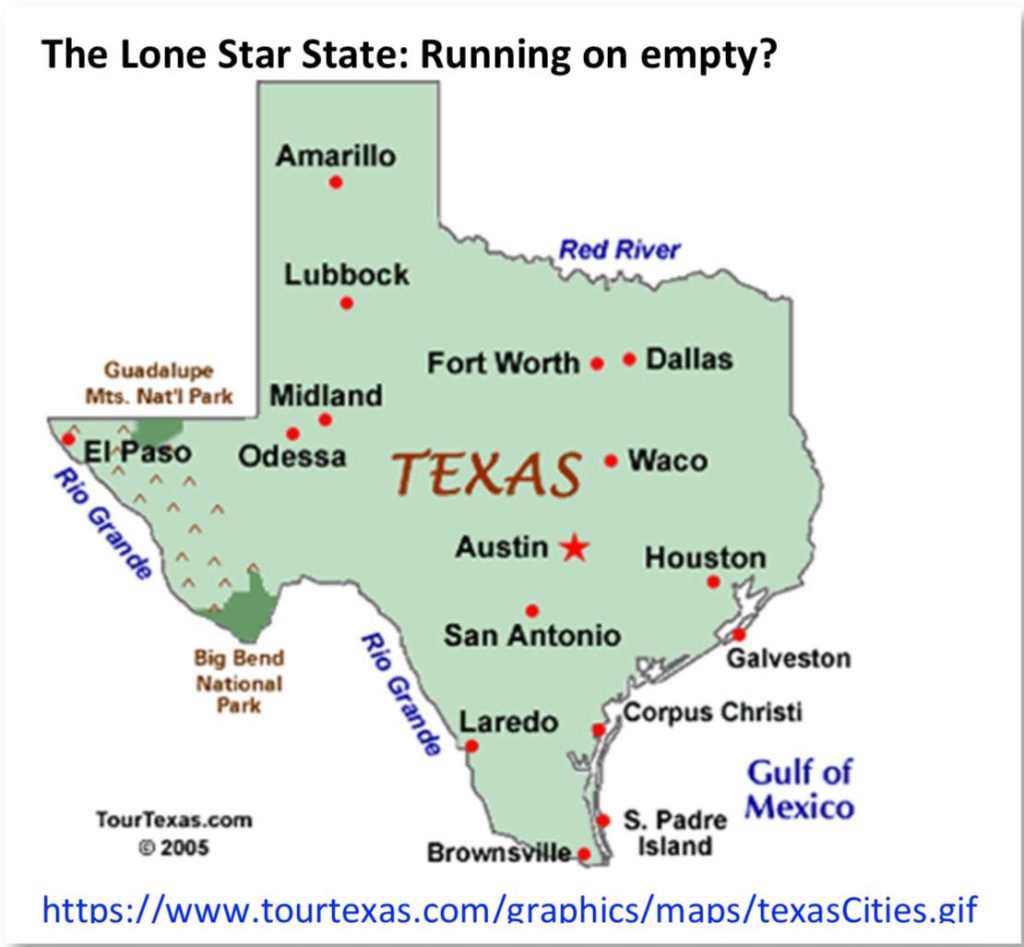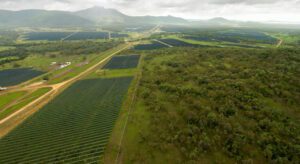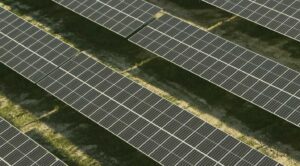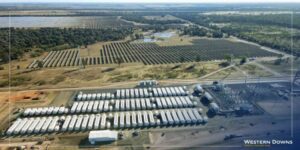Temperatures across many parts of Texas dipped to low 40s F – unusually cold for mid-April in Texas.
The grid operator, the Electric Reliability Council of Texas (ERCOT), knew that the demand would surge as customers turned on their electric heaters, but apparently mid-judged by how much. As a result, demand on the grid was about 3 GW higher than ERCOT had anticipated.
The forecasting error made for a few exciting hours because some 25% of power generation in the state was off line for maintenance and repairs. While the lights stayed on, barely, it was another reminder of the vulnerabilities of the ERCOT.
Happening two months after massive outages in mid Feb 2021, it was a most unpleasant experience.
The Texas grid operates on a laissez-faire approach, allowing generators’ profit motive, rather than regulations or a capacity mechanism, to balance supply and demand. It works well most of the time and the prices are low.
But once in a while, things don’t work as expected prompting some politicians to reconsider if it is a good system to have.
Compared to other organized markets in North America, ERCOT typically runs on thin reserve margins, which means that as extreme weather becomes more unpredictable due to climate change, the system will experience more price volatility and occasional disruptions.
During a press call on 13 April, ERCOT officials – few are left after firings and resignations – noted that the amount of generation down for maintenance wasn’t unusual for this time of the year – but the surge in demand was.
Generators in Texas often schedule repairs for the spring and the fall when weather is mild and demand is lower.
ERCOT also falsely claimed that solar and wind generation was lower than expected – the type of statement frequently used by the fossil fuel lobby and some politician to say that renewables are inherently less reliable no matter what the facts may be.
The renewable lobby was quick to point out that while solar output was lower than normal for mid-April, it met or exceeded the forecast for most of the day. Ditto for wind generation.
The near disaster in mid-April was the result of a lot of thermal generation – coal, gas and nuclear – being off line for maintenance, not renewables performing poorly. The usual scenario.
Now all eyes are on the approaching summer and high temperatures. Nearly 75% of Texas is facing a serious drought while more than 90% of the states is abnormally dry.
Drought makes heat more noticeable because the sun’s energy goes into warming the air rather than evaporating ground moisture. There were few deaths as a result of the power outages in mid February’s freezing temperatures.
If the summer turns out to be hot and the system fails, more deaths can be expected from heat exhaustion.
As one savvy observer noted, the recent episodes in ERCOT illustrate the inherent limitations of relying solely on prices to balance supply and demand especially when demand is, for the most part, inelastic.
Prices are a significant, but not sufficient, indicator of resource availability. And, as the recent experience has shown, demand is highly sensitive to variations in temperature, which are becoming harder to predict.
Source: EEnergy Informa. Reproduced with permission.









